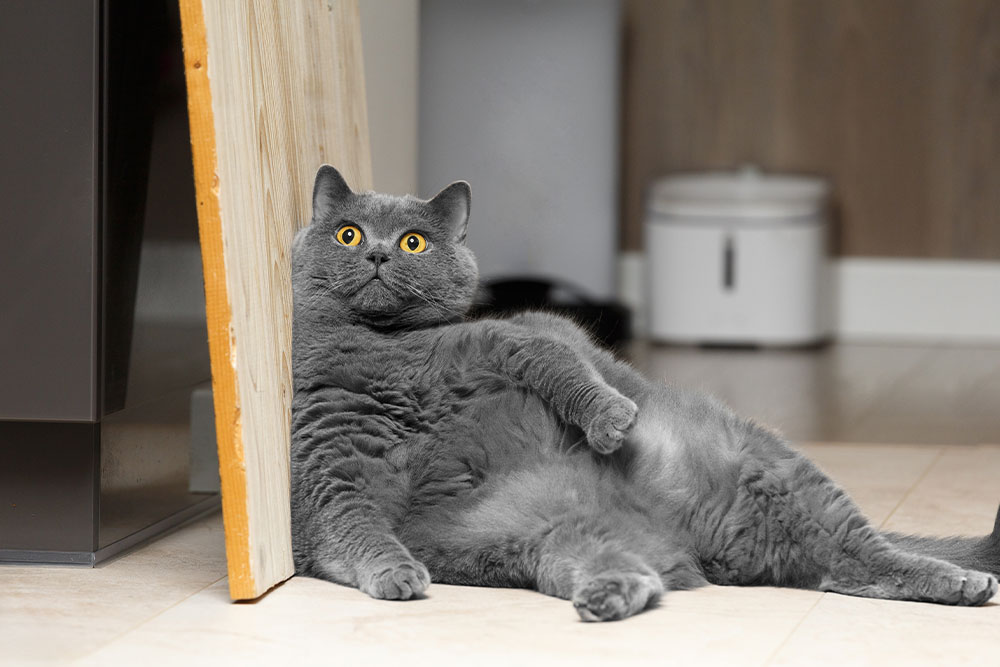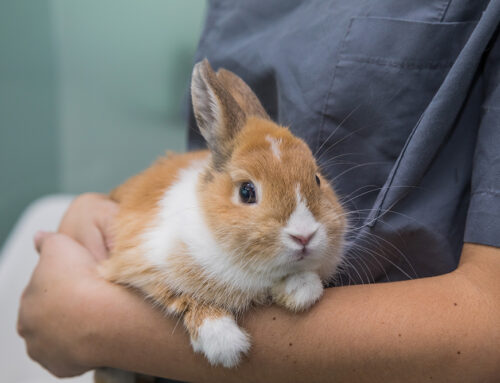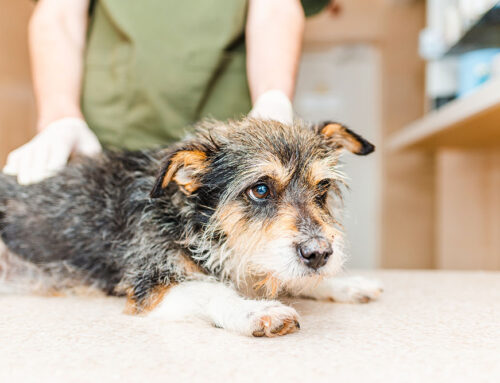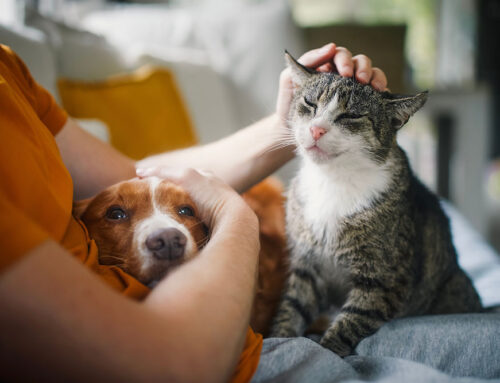Understanding Feline Obesity: A Growing Concern for Cat Owners in Parker, Colorado
Understanding Feline Obesity and Its Implications
Feline obesity is an increasingly prevalent condition, affecting more than 50% of cats in the United States. Excess weight can severely impact a cat’s health, mobility, and lifespan, making obesity one of the most preventable health concerns in feline medicine. In Parker, Colorado, sedentary lifestyles and overfeeding habits contribute significantly to the growing number of overweight cats.
Health Risks Linked to Obesity in Cats
Obesity in cats is more than just excess weight—it can lead to serious, life-threatening health conditions, including:
- Diabetes: Overweight cats are at higher risk for type 2 diabetes due to insulin resistance, which often requires long-term management.
- Arthritis and Joint Issues: Extra weight puts strain on joints, leading to painful arthritis and mobility issues.
- Heart Disease and Hypertension: Increased body fat contributes to high blood pressure and cardiovascular problems, which may lead to heart failure.
- Urinary Tract Diseases: Overweight cats are at a greater risk of urinary infections and blockages, which can become medical emergencies.
How to Determine if Your Cat is Overweight
Visual and Physical Assessments
- Body Condition Score (BCS): This system ranks body fat on a scale from 1 (underweight) to 9 (obese), with an ideal score of 5. A score of 6 or higher suggests the need for weight management.
- Rib Test: You should be able to feel your cat’s ribs without pressing too hard. If the ribs are difficult to detect, your cat may be overweight.
- Waistline Check: Looking at your cat from above, there should be a visible waistline between the ribcage and hips.
Professional Veterinary Assessment
If you’re uncertain about your cat’s weight status, a veterinarian can provide an accurate diagnosis and customized weight management plan. Schedule a consultation with Parker Center Animal Clinic to discuss your cat’s health.
Medical Insights into Feline Obesity
Health Conditions Caused or Worsened by Obesity
- Diabetes: Symptoms include increased thirst, excessive urination, and weight loss despite increased appetite.
- Chronic Kidney Disease (CKD): Extra weight can strain kidney function, accelerating disease progression.
- Hypertension and Heart Disease: Overweight cats are more prone to high blood pressure and heart complications.
- Liver Disease (Hepatic Lipidosis): If an obese cat suddenly stops eating, it can develop a life-threatening liver condition.
Learn more about feline obesity risks.
Steps to Help Your Cat Achieve a Healthy Weight
Developing a Safe and Effective Weight Loss Plan
1. Veterinary Consultation and Goal Setting
- A veterinarian will determine your cat’s ideal weight and daily calorie intake.
- Gradual weight loss of 1-2% of body weight per week is recommended.
2. Optimizing Your Cat’s Diet
- Controlled Portion Feeding: Avoid free-feeding and measure food portions carefully.
- High-Protein, Low-Carbohydrate Diets: Cats thrive on protein-rich meals with limited carbs to prevent fat accumulation.
- Healthy Treats: Limit treats to less than 10% of daily calories.
Check out the AAHA Nutrition and Weight Management Guidelines.
3. Increasing Activity Levels
- Interactive Play: Use toys, laser pointers, and feather wands to engage your cat in short, fun play sessions.
- Food Puzzles: Encourage movement by using treat-dispensing toys or placing food bowls in different areas.
- Vertical Spaces: Cat trees and climbing shelves promote natural movement and exercise.
Find more weight loss strategies for cats.
Monitoring Progress and Adjusting the Plan
Tracking Weight Loss
- Weigh-ins every 2-4 weeks help monitor progress.
- Use a consistent scale for accurate readings.
Making Adjustments
- If weight loss stalls, consult your veterinarian to adjust calorie intake or increase exercise.
- Ensure your cat is not losing weight too quickly, which can lead to serious liver complications.
Use a pet calorie calculator to manage daily intake effectively.
Supporting Long-Term Weight Maintenance
Preventing Weight Regain
- Continue portion control even after reaching an ideal weight.
- Maintain daily play sessions and activity levels.
- Regular check-ups help track long-term health.
FAQs About Feline Obesity
1. How long does it take for a cat to lose weight?
A safe rate is 1-2% of body weight per week, meaning noticeable results may take several months.
2. Can I use human weight loss products for my cat?
No. Human diet products can be toxic to cats. Always follow veterinary-recommended weight loss plans.
3. What if my cat refuses to eat a new diet?
Gradually introduce new food by mixing it with their current diet over 7-10 days.
4. Is exercise enough for weight loss?
No. Diet plays a much larger role in weight management, but exercise helps maintain lean muscle mass.
5. Can obesity shorten my cat’s lifespan?
Yes. Overweight cats have a higher risk of chronic diseases that can reduce their lifespan by 2-3 years.
Contact Parker Center Animal Clinic for Expert Guidance
Helping your cat maintain a healthy weight improves longevity, mobility, and overall well-being. If you’re concerned about feline obesity, our veterinary team can create a personalized weight loss plan for your cat.
Schedule an appointment today to discuss your cat’s health and weight management strategy.







